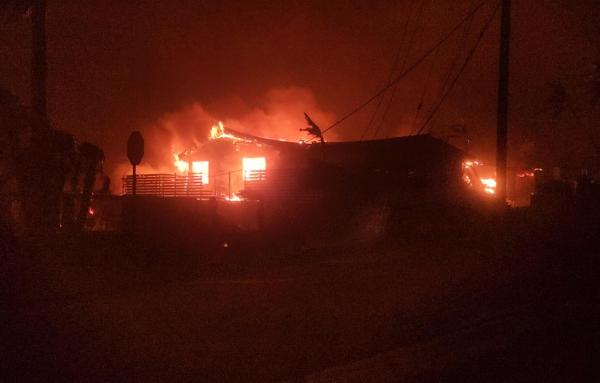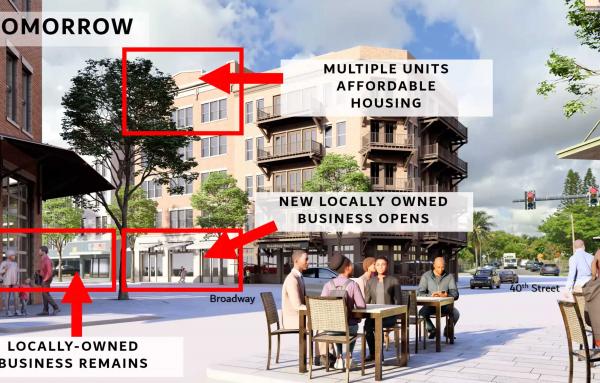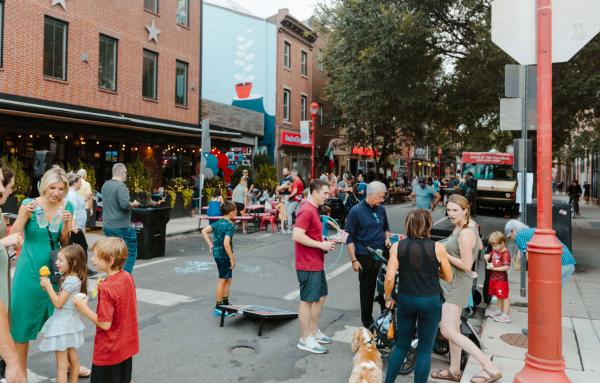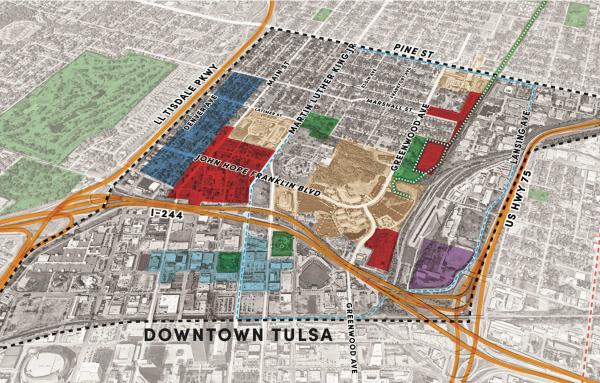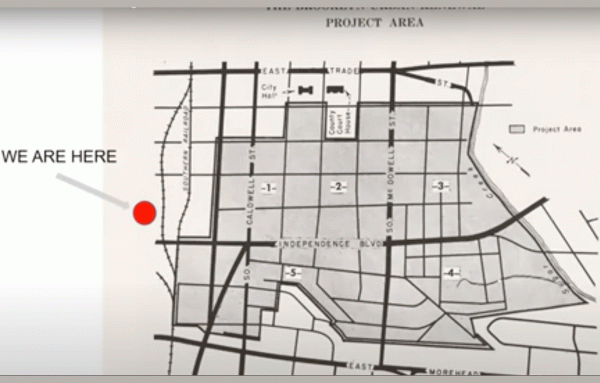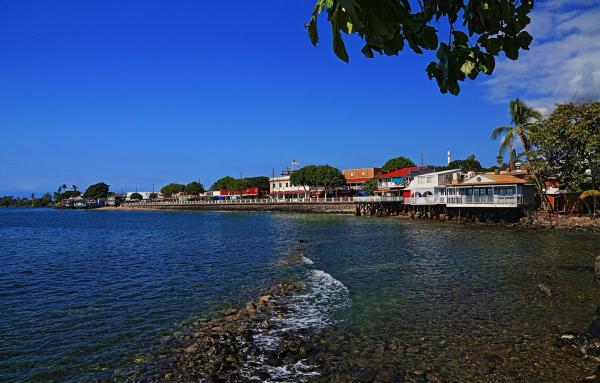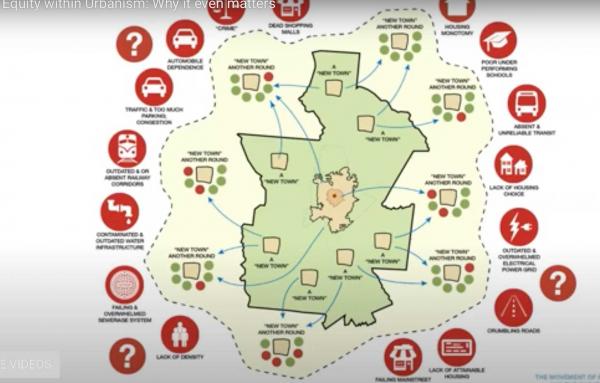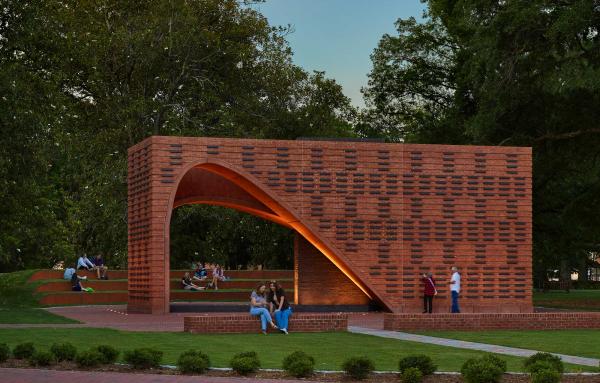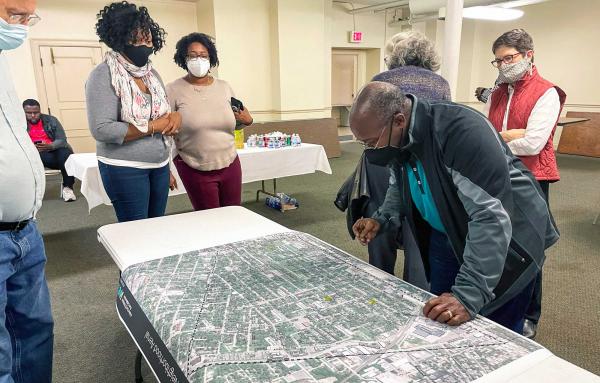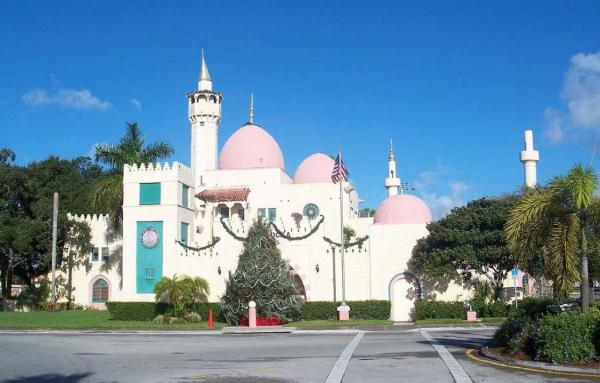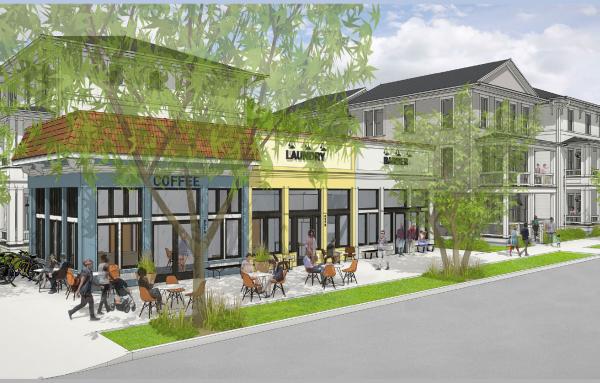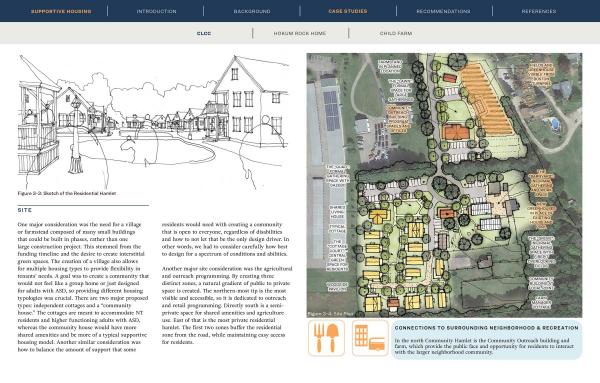Equity
The Foothill Catalog Foundation will remove barriers for wildfire victims to remain and rebuild in their LA neighborhoods.
Adding sensitivity to courage, intelligence, and vitality is a recipe for an equitable land-use plan, according to The Equity Planner.
Practitioners and thought leaders convene to explore new urbanists’ commitment to building great places for all people, beginning with the gendered urban experience.
A century after devastating destruction of Greenwood, the city supports a community-driven plan to redevelop publicly owned sites in and near the neighborhood.
In a recent On the Park Bench webinar, CNU board member and former New York City Parks Commissioner Mitch Silver discussed the harm inflicted on black communities by the planning profession. He made the case for planners to mitigate inequities of...
The aftermath of the Maui wildfires will be an opportunity for Native Hawaiians to shape the future of affordable housing and land use on the island. Respect and support from New Urbanists is required if we want to participate in this design process.
Architect, urban designer, and small-scale developer Marques King reviewed the legacies and precedents of racism within American land use and how this history shows us a way forward. King covered 300 years of American urbanism through an equity lens...
Hearth: Memorial to the Enslaved at William & Mary in Williamsburg, Virginia, is a civic tribute to slaves who laid the foundations of one of America’s oldest colleges. Baskervill won a CNU 2023 Charter Award in the Block, Street, and Building...
WeCollab is a community led initiative to revitalize adjacent neighborhoods in St. Louis, Missouri. YARD & Company won a Merit Award in the Neighborhood, District, and Corridor category of the CNU 2023 Charter Awards.
Florida’s first predominantly African-American suburb has been out of the economic mainstream for six decades. A downtown plan that focuses on New Urbanism, affordable housing, and minority business development maps out a better future.
In Martin Luther King Jr.’s home of Westside Atlanta, a nonprofit is partnering with the City and public and private organizations to transform disadvantaged neighborhoods using a new urban design plan.
A report examines the living needs of the millions of people with autism spectrum disorder, and how good building and neighborhood design can help.
